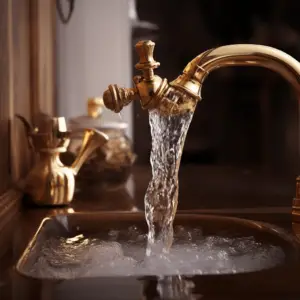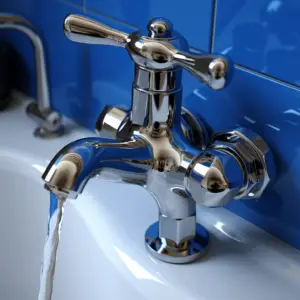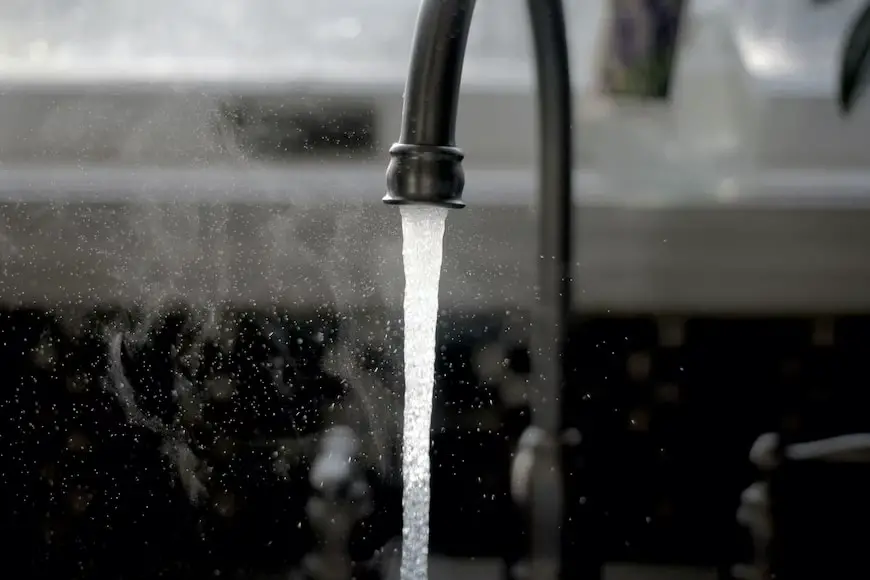Constant running water, Any plumbing issue within your home deserves total attention. It’s not only about the leaking or obstructed pipes that should be solved promptly. The disturbing noise of water constantly running indicates a possibility of myriads of problems attacking the water supply line and the toilet set up.
The sound of water constantly running is usually related to the presence of clogs, loose-fitting, and weather changes, among others. Experts have proven that they are easy to repair regardless of the issue that brings on the sound of water constantly running. You only need the basic plumbing skills and promptness when fixing the loose pipes and water hammering.
Don’t neglect or underrate your home’s plumbing systems, including toilets, until it’s overwhelmed by problems and starts making noises.
When you hear a sound like water is constantly running, you should investigate the cause since there are multiple reasons discussed below. Fixing them as soon as possible helps you avoid other costly repairs.
Table of Contents
Why Does It Sound Like Water Is Constantly Running?

Poorly Adjusted Float Inside Toilet Tank
The float fitted inside the toilet tanks controls the amount of water flowing into the unit and the height it can attain.
If you don’t put the float in the right position that the manufacturer had initially recommended. In that case, you will hear water running through the pipes continuously, and that is the cause of the unending noise.
When the float is properly located, it will help refill the tank and prevent overflows. The float will be damaged or weary after several years of use. With a faulty or improperly adjusted float inside the toilet tank, water flow won’t be stopped and will continuously run into the toilet tank.
Damaged Toilet Flapper
If the toilet float is properly fixed, consider checking the flapper. The toilet flapper seals the flush valve. Therefore, if the toilet flapper is damaged, the water flow into the toilet bowl will lack control. That is why leaky toilet flappers are also among the causes of constant running or leaking of water.
It’s easy to identify a faulty toilet flapper since you only need blue colors dropped inside the toilet tank and wait approximately one hour.
If the toilet flapper is damaged, water with blue color will be noted flowing into the toilet bowl. That way, the leaky or damaged toilet flapper can be identified without removing it from the entire toilet set.
Elongated Refill Tube
The refill tube typically connects the overflow tube and aids in filling the valve located inside the toilet tank. When the refill tube is too long, it can’t stop the toilet bowl from overflowing.
Therefore, you will hear water running in pipes without leaks. Although elongated refill tubes are problematic, you can easily deal with them.
The refill tube can sometimes get damaged or even fall off from its right position. When such displacements happen, the refill tube won’t be able to deliver the required water pressure for the flushing system to work as expected. As a result, you will experience the opposite of hearing water constantly running into the toilet.
Leakage in the Water Heater Slab
If the noise of water running continuously comes near the area where there is a water heater, suspect a leaky slab.
Indeed it’s more normal to hear the sound of water running through the water lines close to the water heater slab when the heater is switched on to warm the cold water.
However, the moment you start hearing the continuous sound of water running when the water heater is off, there might be a problem within the slab.
How to Stop Water from Running Constantly
Materials and Tools Needed
- Cutting pliers
- Multi-bit screwdriver
- Replacement fill valve
- Rubber gloves
- Toilet replacement parts
Solution # 1: Adjust Toilet Float
The commonest cause of water constantly running through the water supply lines into the toilet tank resulting in overflow, is the improperly positioned toilet float.
When the float is placed too low or too high, it won’t prevent water overflow. Therefore, consider adjusting the tank’s float until it can prevent water from overflowing. The float unit has a float arm that you need to position inappropriately.
First, empty the toilet tank, then try accessing screws holding the float against the flush tube. Tighten or loosen the screw identified using a screwdriver until the float is at the right height.
If your toilet brand is fitted with a column float, you must also attach it to the flush valve. In this case, you should make the screws loose, then apply medium pressure on the toilet float while pushing it downwards until it assumes the correct position. After that, tighten the float using a screw.
Solution #2: Fix Leaky Flapper
If the running water is due to the damaged flapper, you should consider replacing it. Buy a new toilet flapper from the nearby plumbing store or hardware.
When all the materials and tools are ready, switch off the main water supply line and make the toilet tank empty by flushing. That will help you get easy and quick access to the leaky toilet flapper.
A chain secures the toilet flapper. Detach from the chain and locate pins on the side of overflow tubes that connect the flapper. You should remove the pins to pry off the old toilet flapper easily.
Secure the new flapper with a chain and finish the replacement procedure by attaching the flapper with pins. When the chain of a newly installed toilet flapper is too long, you ought to shorten it to have a leak-proof seal.
Solution #3: Shorten the Elongated Toilet Refill Tube

You can shorten the toilet refill tube within minutes. First, drain the toilet tank and turn off the supply line. Access the overflow valve and start pulling out the refill tube. Do it carefully to avoid pulling off the entire refill tube. Go above the opening and cut the excess part.
Use cutting pliers to shorten the lifted refill tube, push it down, and reattach it with overflow tube clips.
Conclusion
It’s not normal to hear the noise of the constant running of water through the supply lines as it moves from the main supply area to showers, faucets, and other points. Sometimes, you will hear water running in the exposed drain pipes and that is normal.
The three main reasons you will hear the abnormality of water constantly running in your home include elongated refill tubes, leaky toilet flapper, or improper positioning of the toilet float. The solution to all the problems stated as described above.


